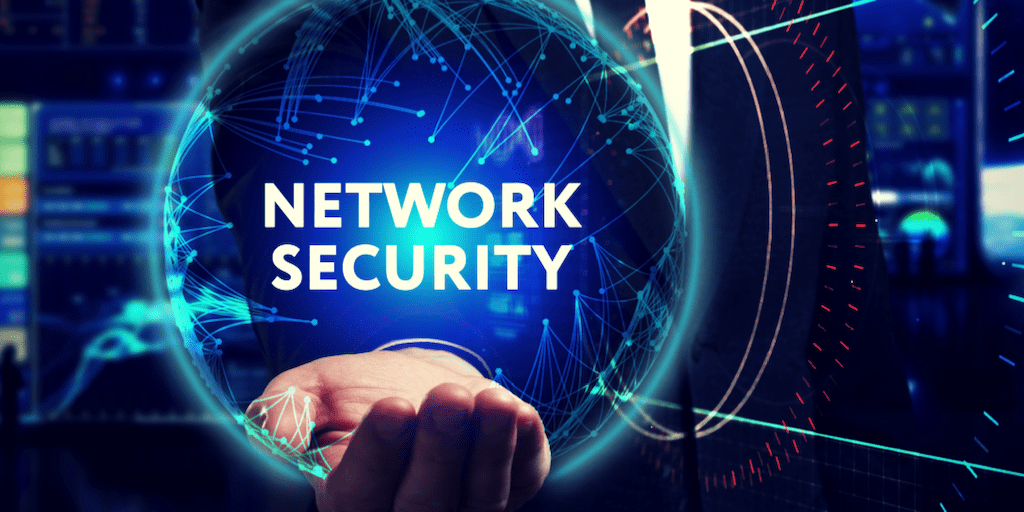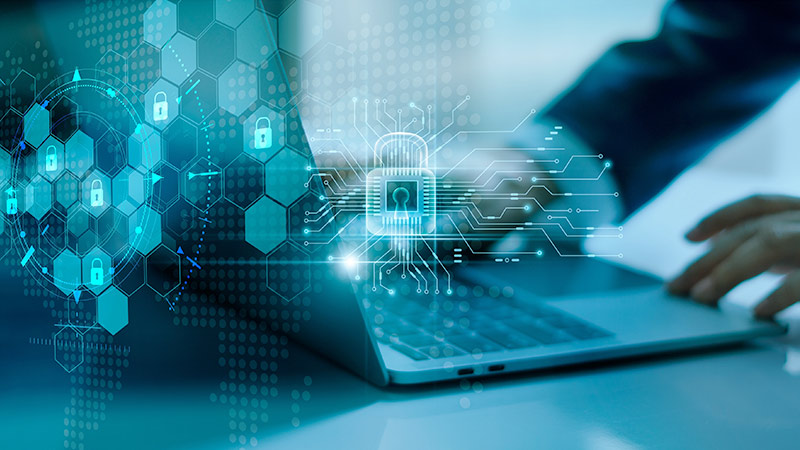Fiber Network Security: Protect Your Fiber Optic Infrastructure from Cyber Threats
Fiber Network Security: Protect Your Fiber Optic Infrastructure from Cyber Threats
Blog Article
Just How Information and Network Safety And Security Shields Against Emerging Cyber Risks
In an era noted by the fast advancement of cyber dangers, the importance of information and network safety and security has never ever been more noticable. As these hazards come to be more intricate, understanding the interaction in between data safety and network defenses is vital for mitigating threats.
Recognizing Cyber Threats

The ever-evolving nature of technology continuously presents new vulnerabilities, making it necessary for stakeholders to remain alert. People may unwittingly succumb social design techniques, where assailants adjust them right into disclosing sensitive information. Organizations face unique challenges, as cybercriminals usually target them to exploit useful data or disrupt procedures.
In addition, the surge of the Internet of Points (IoT) has broadened the attack surface, as interconnected gadgets can act as entrance factors for assaulters. Recognizing the significance of robust cybersecurity practices is important for mitigating these dangers. By fostering a thorough understanding of cyber dangers, individuals and companies can execute effective strategies to secure their electronic properties, making sure strength in the face of a significantly complex risk landscape.
Key Components of Data Security
Ensuring information safety needs a multifaceted approach that incorporates different key parts. One essential element is data file encryption, which changes sensitive info right into an unreadable format, easily accessible just to licensed customers with the proper decryption tricks. This functions as an important line of defense against unapproved access.
Another crucial part is gain access to control, which manages who can view or control data. By carrying out rigorous customer authentication protocols and role-based gain access to controls, companies can lessen the threat of expert threats and information violations.

Additionally, data covering up methods can be utilized to secure sensitive information while still enabling for its use in non-production settings, such as screening and advancement. fft perimeter intrusion solutions.
Network Security Strategies
Carrying out durable network safety approaches is important for protecting an organization's digital framework. These methods include a multi-layered method that consists of both hardware and software program services created to secure the stability, confidentiality, and availability of information.
One critical element of network safety is the deployment of firewalls, which work as a barrier between relied on internal networks and untrusted outside networks. Firewall programs can be hardware-based, software-based, or a combination of both, and they help filter inbound and outbound traffic based on predefined safety rules.
Furthermore, intrusion detection and prevention systems (IDPS) play an important duty in checking network website traffic for dubious activities. These systems can signal managers to potential breaches and act to alleviate dangers in real-time. Regularly patching and updating software application is also crucial, as vulnerabilities can be made use of by cybercriminals.
Additionally, carrying out Virtual Private Networks (VPNs) makes sure safe remote accessibility, encrypting information transferred over public networks. Lastly, segmenting networks can minimize the assault surface and include possible violations, limiting their influence on the general infrastructure. By adopting these techniques, organizations can effectively fortify their networks versus emerging cyber risks.
Best Practices for Organizations
Establishing finest techniques for organizations is critical in preserving a solid safety stance. A detailed method to data and network safety starts with regular blog here danger assessments to determine susceptabilities and potential dangers. Organizations should carry out durable gain access to controls, making sure that just accredited workers can access delicate information and systems. Multi-factor verification (MFA) ought to be a common requirement to enhance security layers.
Furthermore, continuous staff member training and recognition programs are crucial. Employees need to be educated on identifying phishing efforts, social design strategies, and the value of adhering to protection methods. Regular updates and spot monitoring for software application and systems are also important to shield against known susceptabilities.
Organizations must create and examine case response plans to guarantee preparedness for possible breaches. This includes establishing clear communication channels and functions throughout a protection event. Data security ought to be utilized both at remainder and in transit to guard delicate info.
Lastly, carrying out periodic audits and conformity checks will help make read the article certain adherence to recognized plans and relevant laws - fft perimeter intrusion solutions. By following these finest practices, companies can dramatically boost their durability versus arising cyber hazards and shield their vital properties
Future Trends in Cybersecurity
As organizations navigate an increasingly complex digital landscape, the future of cybersecurity is positioned to advance considerably, driven by shifting and arising innovations risk standards. One noticeable pattern is the integration of expert system (AI) and machine learning (ML) into security structures, enabling real-time danger discovery and reaction automation. These innovations can analyze substantial amounts of information to identify abnormalities and possible breaches much more efficiently than standard approaches.
An additional essential fad is the rise of zero-trust style, which needs constant confirmation of individual identifications and tool security, no matter their area. This technique decreases the threat of insider hazards and enhances protection against exterior strikes.
Furthermore, the raising adoption of cloud solutions demands durable cloud security techniques that resolve distinct vulnerabilities connected with cloud settings. As remote work ends up being a long-term fixture, safeguarding endpoints will certainly likewise come to be critical, leading to a raised focus on endpoint detection and action (EDR) remedies.
Last but not least, governing compliance will remain to form cybersecurity techniques, pushing companies to embrace more rigid information defense actions. Welcoming these trends will be necessary for companies to fortify their defenses and browse the progressing landscape of cyber risks successfully.
Final Thought
In final thought, the implementation visit this site of durable information and network safety and security steps is vital for companies to protect against emerging cyber threats. By using security, access control, and efficient network safety approaches, companies can significantly reduce susceptabilities and shield sensitive info.
In an age marked by the rapid advancement of cyber risks, the relevance of information and network security has never ever been extra obvious. As these risks become extra complicated, recognizing the interplay between information safety and network defenses is crucial for mitigating risks. Cyber dangers incorporate a vast range of malicious tasks intended at endangering the discretion, integrity, and availability of networks and information. A comprehensive method to data and network safety and security begins with routine threat analyses to determine vulnerabilities and prospective risks.In final thought, the execution of robust information and network protection measures is essential for organizations to guard versus arising cyber hazards.
Report this page